Home>diy>Building & Construction>How To Build A Foundation For A Greenhouse
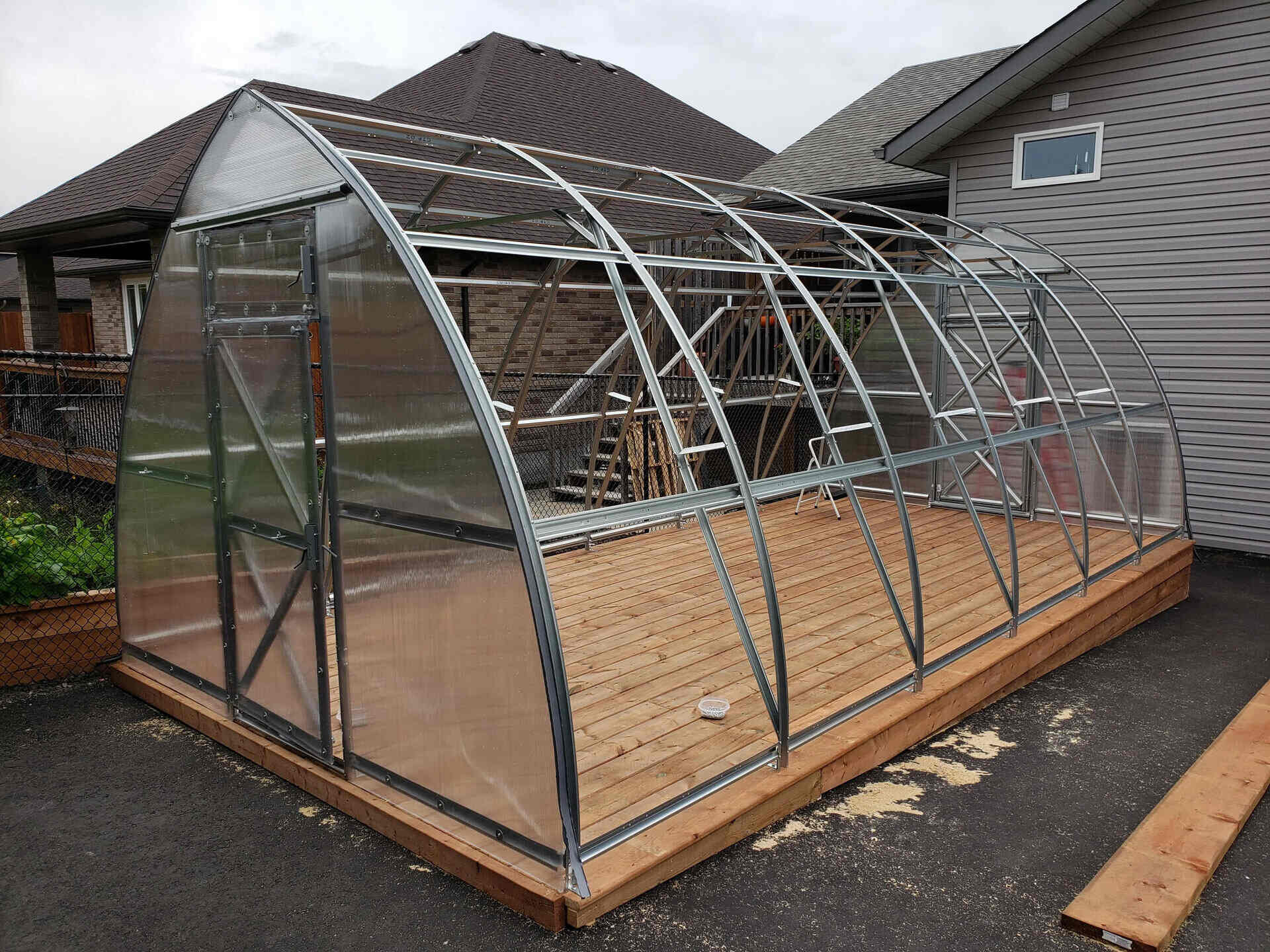

Building & Construction
How To Build A Foundation For A Greenhouse
Modified: August 17, 2024
Learn how to build a strong and durable foundation for your greenhouse with expert tips and techniques for building construction.
(Many of the links in this article redirect to a specific reviewed product. Your purchase of these products through affiliate links helps to generate commission for Storables.com, at no extra cost. Learn more)
Introduction
Building a greenhouse can be an exciting and rewarding project for any gardening enthusiast. Not only does it provide a controlled environment for growing plants, but it also extends the growing season, protects delicate plants from harsh weather conditions, and allows for year-round gardening. However, before you can start constructing the greenhouse itself, it is essential to lay a solid foundation to ensure stability and durability.
Choosing the right foundation for your greenhouse is dependent on various factors such as the size of the structure, local climate, and personal preferences. In this article, we will guide you through the process of selecting and creating an appropriate foundation for your greenhouse. We will explore different types of foundations and provide step-by-step instructions for building each one.
Whether you opt for a concrete slab foundation, a raised bed foundation, or a gravel/stone foundation, the goal is to create a sturdy base that can support the weight of the greenhouse, withstand external forces such as wind and snow, and provide proper drainage to prevent water accumulation. So, let’s dive in and discover how to build a foundation for your greenhouse that will stand the test of time and ensure optimal growing conditions for your plants.
Key Takeaways:
- Choose the right foundation type for your greenhouse based on size, climate, and budget. Proper drainage and securing the greenhouse to the foundation are crucial for a successful and resilient structure.
- Prioritize proper preparation of the ground and careful construction of the foundation to ensure stability and longevity for your greenhouse. Consider professional assistance for larger projects.
Read more: How To Build A Greenhouse With Glass
Choosing the Right Location for Your Greenhouse
Before you start building a foundation for your greenhouse, it is crucial to choose the right location. The location you select will greatly impact the overall functionality and success of your greenhouse. Here are a few key considerations to keep in mind:
- Sunlight: Your greenhouse should be situated in a location that receives maximum sunlight throughout the day. Ideally, it should be facing south to ensure optimal exposure to sunlight, especially during the winter months. Observe your property throughout the day to identify the sunniest spot.
- Shade: While sunlight is essential, it’s also important to consider shading. If your greenhouse is exposed to direct sunlight all day long, it may become too hot and damage the plants. Look for natural shade options such as trees or buildings that can provide some relief from intense sunlight without completely blocking it.
- Access to Water and Electricity: Your greenhouse will require a constant water supply for irrigation, as well as access to electricity for lighting, heating, and ventilation systems. Ensure that the chosen location has convenient access to both water and electricity sources.
- Proximity to the House: Consider the proximity of your greenhouse to your house or other structures on your property. Having the greenhouse close to your house makes it easier to access and monitor. It also allows you to take advantage of any existing utility connections.
- Wind Protection: Determine if the location is exposed to strong winds. While some airflow is necessary for a healthy greenhouse environment, excessive wind can cause damage to the structure. Consider natural windbreaks such as fences or tall hedges to mitigate the impact of strong winds.
- Local Building Codes: Check with your local municipal authorities to ensure that there are no restrictions or regulations regarding greenhouse location and construction. Compliance with building codes will save you from potential legal issues in the future.
Once you have considered all these factors, take the time to mark out the area where you plan to build your greenhouse. This will give you a visual representation of the space and help you decide on the size and type of foundation that will suit your needs. Remember, a well-chosen location will provide the ideal conditions for your plants to thrive and ensure a successful greenhouse gardening experience.
Preparing the Ground for Your Greenhouse Foundation
Once you have chosen the perfect location for your greenhouse, the next step is to prepare the ground for the foundation. Proper preparation is essential to ensure a stable and level base for your greenhouse. Follow these steps to prepare the ground:
- Clear the area: Start by removing any vegetation, rocks, or debris from the chosen site. Clearing the area will give you a clean slate to work with and prevent any obstructions during construction.
- Level the ground: Use a shovel or a rake to level the ground as much as possible. This will provide a flat surface for the foundation. Pay attention to any uneven areas and make sure to remove high spots and fill in low spots.
- Compact the soil: Use a tamper or a compacting tool to compact the soil. This will help to stabilize the ground and prevent any settling of the foundation in the future. Compact the soil in a systematic manner, ensuring all areas are evenly compressed.
- Install weed barrier: To prevent weed growth and to create a barrier between the soil and the foundation, consider installing a weed barrier fabric. This will help to maintain a clean and weed-free environment inside the greenhouse.
- Mark the layout: Use stakes and string to mark the perimeter of the greenhouse foundation. This will help you visualize the dimensions and ensure accurate placement during the construction process.
By properly preparing the ground, you will create a solid foundation for your greenhouse. Taking these initial steps will save you time and effort in the long run and contribute to the overall stability and longevity of your greenhouse structure. Once the ground is prepared, you can move on to choosing and constructing the specific type of foundation that best suits your needs.
Types of Greenhouse Foundations
When it comes to greenhouse foundations, there are several options to choose from. The type of foundation you select will depend on various factors, including the size and type of greenhouse, local climate conditions, and personal preference. Here are the three common types of greenhouse foundations:
- Concrete Slab Foundation: A concrete slab foundation is a popular choice for larger, permanent greenhouses. It provides a solid and level base for the greenhouse structure. The foundation is typically made of reinforced concrete, which offers excellent stability and durability. A concrete slab foundation also provides good insulation against cold temperatures and helps regulate the greenhouse’s internal temperature. However, constructing a concrete slab foundation requires professional expertise and may involve higher costs compared to other types.
- Raised Bed Foundation: A raised bed foundation is a versatile option suitable for both small and large greenhouses. It involves constructing a raised platform or bed using treated lumber, bricks, or concrete blocks. This foundation type provides good drainage and allows for easy customization and modification. Additionally, a raised bed foundation can be constructed at a height that is comfortable for working and reduces strain on your back. It also serves as a barrier against weeds and pests. However, it is essential to ensure proper anchoring and stability to withstand strong winds.
- Gravel or Stone Foundation: A gravel or stone foundation is a cost-effective and relatively simple option for smaller greenhouses. It involves leveling the ground and spreading a layer of compacted gravel or crushed stone. This type of foundation provides good drainage and allows for natural airflow. It is easy to install and doesn’t require extensive construction or additional materials. However, it may not be suitable for areas with high water tables or heavy rainfall as it may result in excess moisture retention.
Each type of foundation has its own advantages and considerations. It is important to carefully evaluate your specific needs, budget, and local conditions before selecting the most appropriate foundation for your greenhouse. Remember that the foundation serves as the base for your greenhouse, providing stability, proper drainage, and support. Taking the time to choose the right foundation type will contribute to the overall success and longevity of your greenhouse structure.
Building a Concrete Slab Foundation
A concrete slab foundation is a solid and durable option for larger, permanent greenhouses. It provides a level surface and excellent stability for the structure. Follow these steps to build a concrete slab foundation for your greenhouse:
- Obtain necessary permits: Check with your local building authorities to determine if you need any permits or approvals for constructing a concrete slab foundation. Compliance with local regulations is essential to avoid any legal issues in the future.
- Excavate the area: Start by excavating the area for the foundation. Remove any vegetation, rocks, or debris and dig down to the required depth for the concrete slab. Remember to account for the thickness of the slab and any additional layers like insulation or vapor barriers.
- Prepare the base: Level the bottom of the excavation and compact the soil using a plate compactor. This will create a stable base for the concrete slab.
- Install formwork: Place wooden or metal stakes around the perimeter of the excavation and secure them with boards. This will create the formwork or mold for the concrete slab. Ensure that the formwork is level and securely in place.
- Add reinforcement: Depending on the size and design of your greenhouse, you may need to add reinforcement to the concrete slab. This can be done by installing a grid of rebar within the formwork. The rebar will provide added strength and stability to the foundation.
- Pour the concrete: Mix the concrete according to the manufacturer’s instructions or hire a professional concrete contractor. Pour the concrete into the formwork, ensuring it is evenly distributed and filling all the corners and edges. Use a screed board to level the surface of the concrete and eliminate any excess material.
- Cure the concrete: Allow the concrete to cure for the recommended time, typically around 7-14 days. During this period, keep the concrete moist and protected from extreme temperature changes. This will ensure proper strength and durability of the foundation.
- Remove the formwork: Once the concrete has fully cured, carefully remove the formwork. Inspect the foundation for any cracks or imperfections and make any necessary repairs.
Building a concrete slab foundation for your greenhouse requires careful planning and execution. It is often recommended to seek professional assistance, especially for larger projects, to ensure proper construction and adherence to building codes. A well-constructed concrete slab foundation will provide a solid base for your greenhouse, ensuring stability and longevity for your gardening endeavors.
When building a foundation for a greenhouse, make sure to level the ground and use pressure-treated lumber or concrete blocks for a sturdy and durable base.
Read more: How To Build A Cabin Foundation
Constructing a Raised Bed Foundation
A raised bed foundation is a versatile and convenient option for both small and large greenhouses. It provides a customizable and elevated platform for your greenhouse structure. Follow these steps to construct a raised bed foundation:
- Measure and mark the area: Determine the dimensions of your greenhouse and mark the area where you will construct the raised bed foundation. Use stakes and string to outline the perimeter of the foundation.
- Clear the area: Remove any vegetation, rocks, or debris from the marked area to create a clean workspace.
- Level the ground: Use a shovel and a level to ensure that the ground is level and evenly compacted within the marked area. This will provide a stable base for the raised bed foundation.
- Build the frame: Use treated lumber, bricks, or concrete blocks to construct the frame for the raised bed foundation. The frame should correspond to the dimensions of your greenhouse. Secure the elements together firmly to ensure stability.
- Add cross braces: Depending on the size and design of your raised bed foundation, you may need to add cross braces for additional support. These can be installed diagonally between the corners to reinforce the structure.
- Level the frame: Use a level to ensure that the frame is perfectly level. Adjust as necessary by adding or removing soil from underneath the frame until it is evenly balanced.
- Fill the foundation: Fill the raised bed frame with a mixture of topsoil and compost. This will create a fertile and well-draining medium for your plants to grow. Ensure that the soil is evenly distributed and leveled within the foundation.
- Anchor the frame: Use stakes or metal brackets to anchor the raised bed frame to the ground. This will provide additional stability, especially in areas prone to strong winds.
Once the raised bed foundation is constructed, you can proceed with assembling and securing your greenhouse on top of it. The raised bed foundation offers several benefits, including improved drainage, customizable height, reduced strain on your back, and a barrier against weeds and pests. It also allows for easy modification and maintenance. With proper construction and anchoring, a raised bed foundation will provide a stable and functional base for your greenhouse for years to come.
Installing a Gravel or Stone Foundation
A gravel or stone foundation is a cost-effective and relatively simple option for smaller greenhouses. It provides good drainage and requires minimal construction. Follow these steps to install a gravel or stone foundation:
- Measure and mark the area: Measure and mark the area where you will install the gravel or stone foundation. Use stakes and string to outline the perimeter.
- Clear the area: Remove any vegetation, rocks, or debris from the marked area. This will ensure a clean and even surface for the foundation.
- Level the ground: Use a shovel and a level to ensure that the ground within the marked area is level and evenly compacted. This will provide a stable base for the foundation.
- Install a weed barrier: To minimize weed growth and prevent the gravel or stone from sinking into the soil, it is recommended to install a weed barrier. Lay a durable landscape fabric over the leveled ground, ensuring that it covers the entire area of the foundation.
- Spread the gravel or stone: Pour a layer of gravel or crushed stone over the weed barrier. The thickness of the layer will depend on the desired height of the foundation and the drainage requirements. Ensure an even distribution of the material, using a rake or a shovel to spread it out.
- Compact the foundation: Use a tamper or a compacting tool to firmly compact the gravel or stone. This will help to create a stable and level surface for the greenhouse. Pay attention to any uneven areas and make sure to compact them properly.
- Add additional layers: Depending on your specific needs and local conditions, you may choose to add additional layers to the foundation, such as sand or paver base material, for improved stability and drainage.
- Install edging: Consider installing edging material, such as plastic or metal, around the perimeter of the foundation. This will help to keep the gravel or stone in place and create a clean and finished appearance.
An easy-to-maintain and budget-friendly option, a gravel or stone foundation provides adequate drainage and natural airflow for plants. However, it may not be suitable for areas with high water tables or heavy rainfall, as excess moisture may accumulate. Prioritize proper compaction and leveling to ensure a stable and functional foundation for your greenhouse.
Tips for Ensuring Proper Drainage
Proper drainage is essential for maintaining a healthy greenhouse environment. Excess water accumulation can lead to root rot, mold, and other issues that can harm your plants. Here are some tips to ensure proper drainage in your greenhouse:
- Choose the right foundation: Select a foundation type that promotes good drainage. Raised bed foundations and gravel/stone foundations are particularly effective in allowing excess water to drain away from your plants.
- Prepare the ground: Before building the foundation, ensure that the ground is properly leveled and compacted. This will help to prevent water from pooling around the foundation.
- Add drainage materials: Incorporate drainage materials, such as gravel or crushed stone, into the foundation. These materials provide space for excess water to flow away from plant roots.
- Install a sloping floor: If you are building a greenhouse with a concrete slab foundation, consider installing a slight slope to facilitate water drainage. This can be achieved by sloping the concrete or using a self-leveling compound during the construction phase.
- Use raised beds: If you have a flat foundation, consider using raised beds inside your greenhouse. This will elevate your plants and allow water to drain more effectively.
- Use permeable flooring: If your greenhouse has a solid floor, such as concrete or wood, consider using a permeable flooring material. This will allow water to pass through and prevent puddles from forming.
- Monitor irrigation practices: Be mindful of your watering routine and avoid over-watering your plants. Ensure that there is sufficient time between watering sessions for the soil to dry out slightly, promoting healthy root growth and preventing excess moisture buildup.
- Install drainage tiles or pipes: In cases where excessive water is a persistent issue, consider installing drainage tiles or pipes around the perimeter of your greenhouse foundation. These will help to redirect water away from the greenhouse and prevent waterlogging.
- Regularly inspect and maintain: Regularly inspect your greenhouse for signs of poor drainage, such as water pooling or areas of excessive moisture. Address any issues promptly, such as improving grading, adding additional drainage materials, or adjusting irrigation practices.
By ensuring proper drainage in your greenhouse, you create a healthier and more favorable growing environment for your plants. Good drainage helps to prevent water-related diseases and promotes healthy root development. Remember, each greenhouse setting is unique, so it is important to assess your specific conditions and make adjustments accordingly to maintain optimal drainage.
Securing the Greenhouse to the Foundation
Securing your greenhouse to the foundation is crucial to ensure its stability and protect it from strong winds or other external forces. Proper anchoring will help prevent damage to both the greenhouse structure and your plants. Here are some tips for securing your greenhouse to the foundation:
- Follow manufacturer’s guidelines: Consult the manufacturer’s instructions or guidelines for securing the specific type and model of your greenhouse. They may provide specific recommendations or requirements for anchoring methods.
- Use anchor posts or stakes: Anchor posts or stakes are commonly used to secure greenhouses. These can be driven into the ground or attached to the foundation using brackets or anchors. The number of anchor posts needed will depend on the size and design of your greenhouse.
- Choose appropriate anchor materials: Select anchor materials that are suitable for your foundation type. For concrete slab foundations, use anchor bolts or expansion anchors. For raised bed or gravel/stone foundations, consider using ground augers or screw-type anchor stakes.
- Place anchor points strategically: Position anchor points at various points along the perimeter of the greenhouse, ensuring they are evenly spaced and adequately distributed. This will help provide balanced support and minimize the risk of stress concentration on a single side.
- Secure at multiple heights: Depending on the height of your greenhouse, consider securing anchor points at different heights. This will provide additional stability and prevent tipping or swaying of the structure.
- Check soil conditions: Before installing anchor posts, assess the soil conditions to ensure proper penetration and stability. Soft or sandy soils may require additional measures, such as using longer anchors or reinforcing with concrete footings.
- Tighten and adjust regularly: Regularly check and tighten the anchor points to ensure they remain secure. Over time, the soil may settle or shift, which can loosen the anchors. Make any necessary adjustments to maintain the integrity of the anchoring system.
- Consider additional bracing: In areas prone to strong winds or severe weather conditions, you may consider adding additional bracing to the greenhouse structure. This can involve installing diagonal or horizontal braces between the frame and the foundation for added stability.
Properly securing your greenhouse to the foundation is essential for withstanding wind loads and protecting your investment. It is important to follow the manufacturer’s recommendations, choose suitable anchor materials, and regularly inspect and maintain the anchoring system. By taking these precautions, you can ensure the longevity and stability of your greenhouse structure, providing a safe and resilient environment for your plants.
Read more: How To Build A Basement Foundation
Conclusion
Building a solid foundation for your greenhouse is a crucial step in creating a stable and durable structure. Proper planning and execution are essential to ensure the success of your greenhouse project. By choosing the right location, preparing the ground meticulously, and selecting the appropriate foundation type, you set the stage for optimal growing conditions in your greenhouse.
Whether you opt for a concrete slab foundation, a raised bed foundation, or a gravel/stone foundation, each type has its own advantages and considerations. A concrete slab foundation provides excellent stability and insulation, while a raised bed foundation offers customization and elevated planting options. A gravel or stone foundation is cost-effective and easy to install.
Additionally, proper drainage and securing the greenhouse to the foundation are crucial factors to consider. Ensuring adequate drainage through the use of appropriate materials, slope, and regular inspection helps maintain a healthy growing environment for your plants. Securing the greenhouse to the foundation with anchor points or stakes provides stability and protects against external forces, such as wind.
Remember to consult the manufacturer’s guidelines and local building codes throughout the process. Seek professional assistance when necessary, especially for larger or more complex greenhouse projects. Regular maintenance and inspections will help identify any issues early on and ensure the longevity of your greenhouse structure.
With a well-constructed foundation, you can create a thriving and productive greenhouse that extends your growing season, protects your plants, and brings joy to your gardening endeavors. Enjoy the process of building your greenhouse foundation, and may it serve as the solid platform for your green thumb to work its magic.
Frequently Asked Questions about How To Build A Foundation For A Greenhouse
Was this page helpful?
At Storables.com, we guarantee accurate and reliable information. Our content, validated by Expert Board Contributors, is crafted following stringent Editorial Policies. We're committed to providing you with well-researched, expert-backed insights for all your informational needs.
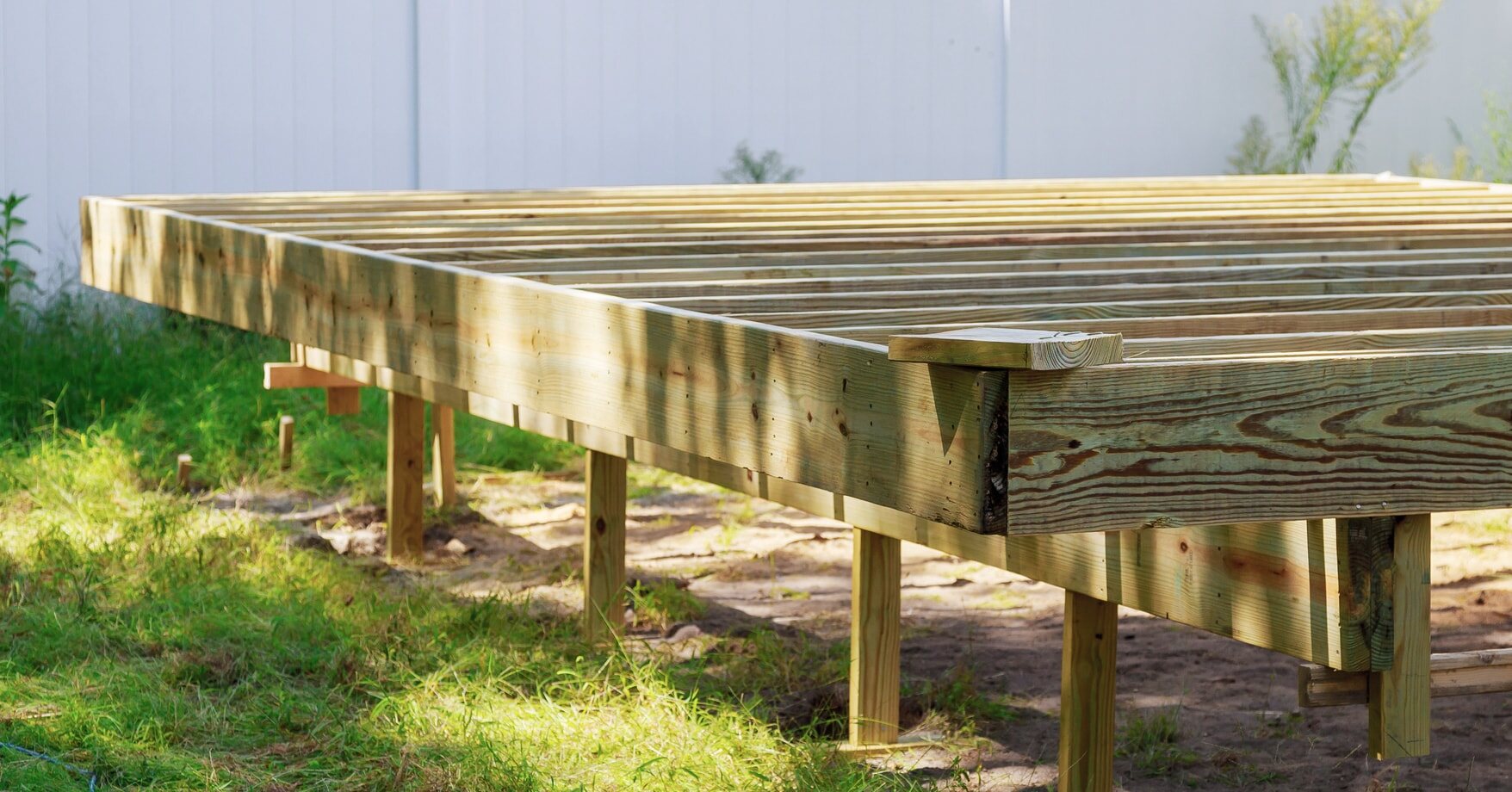
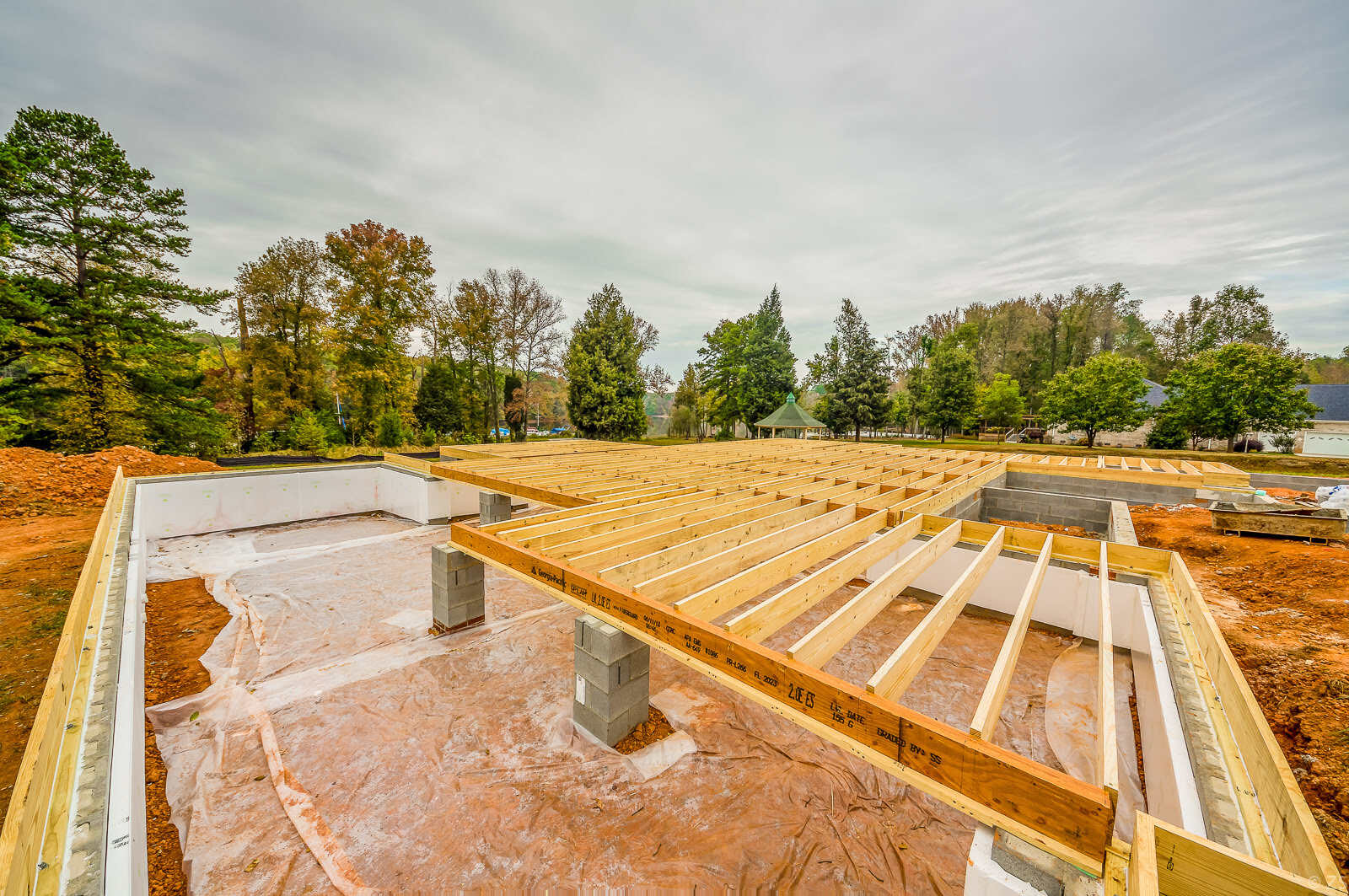
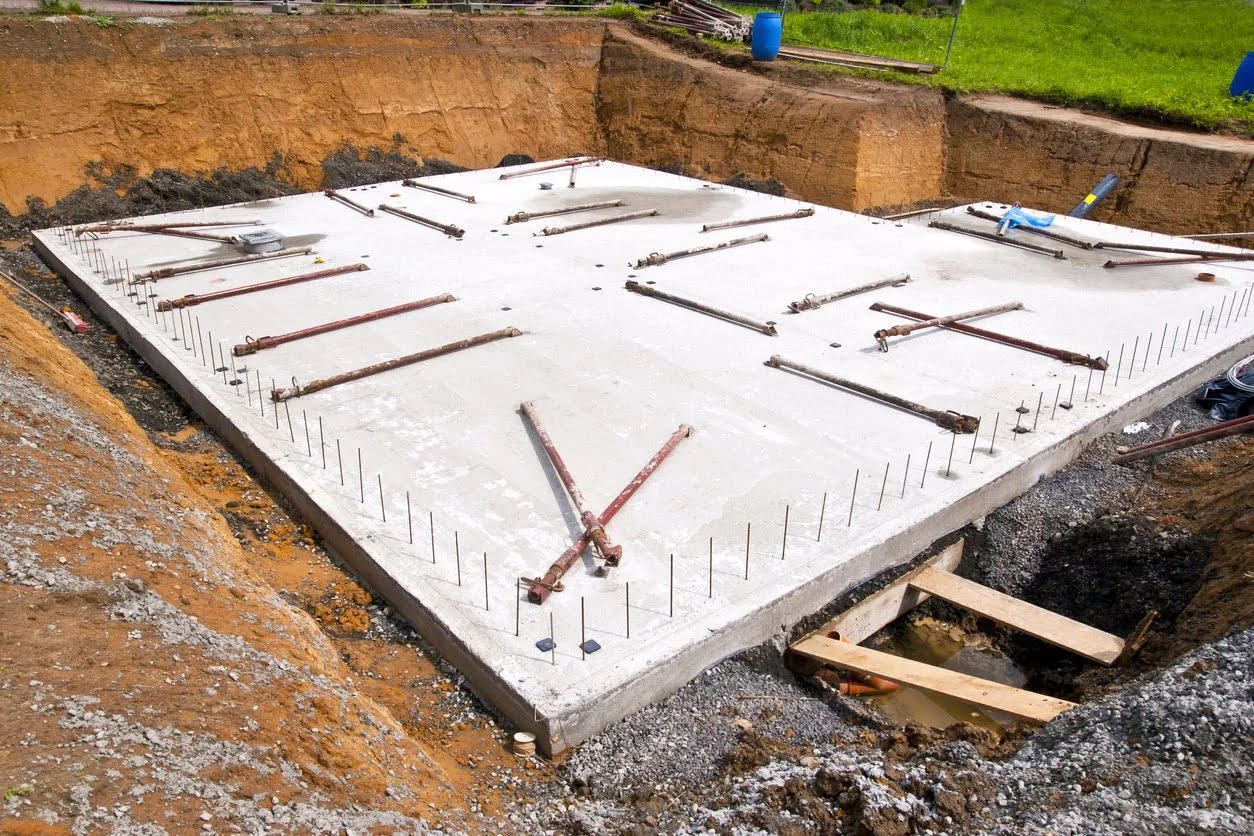
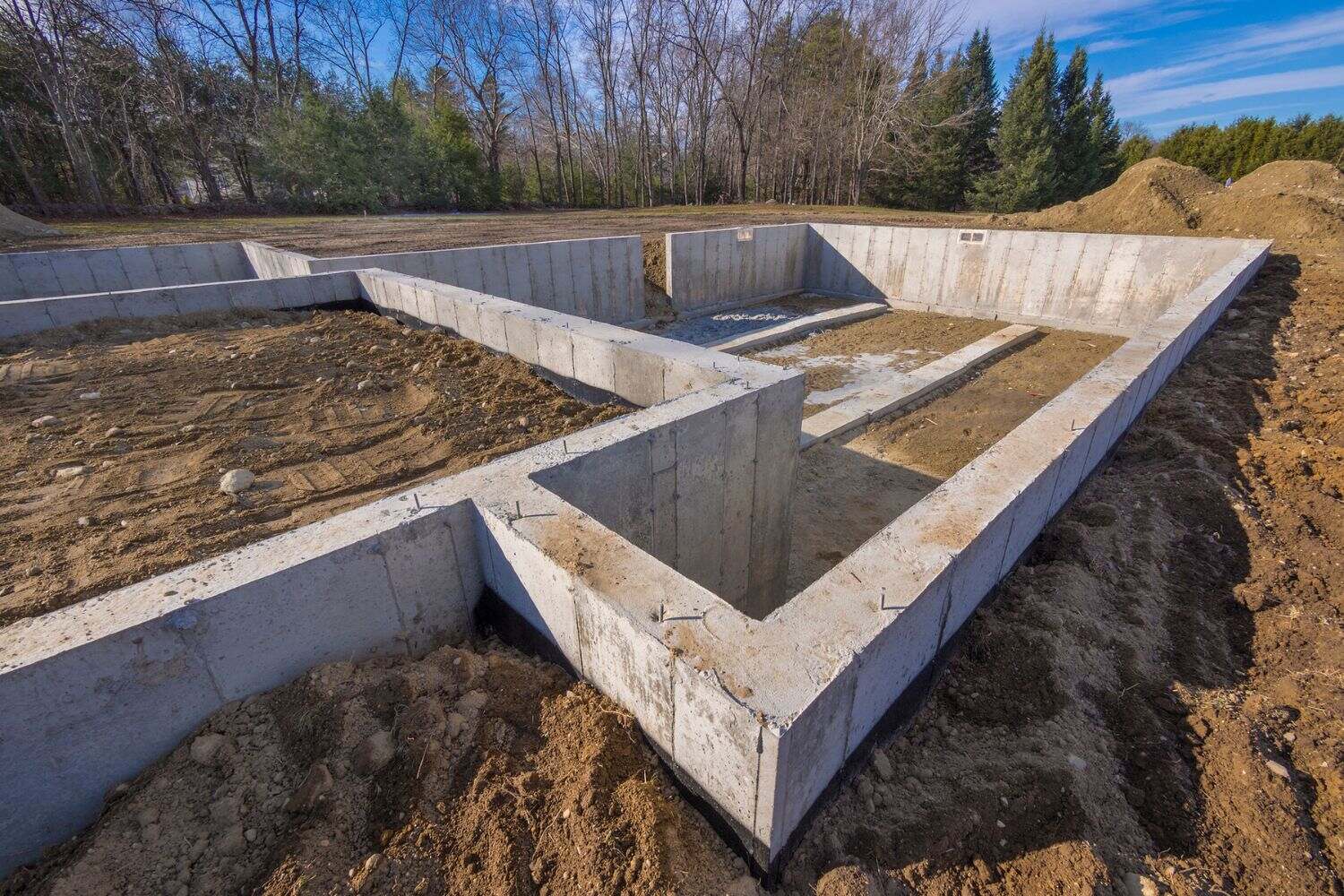
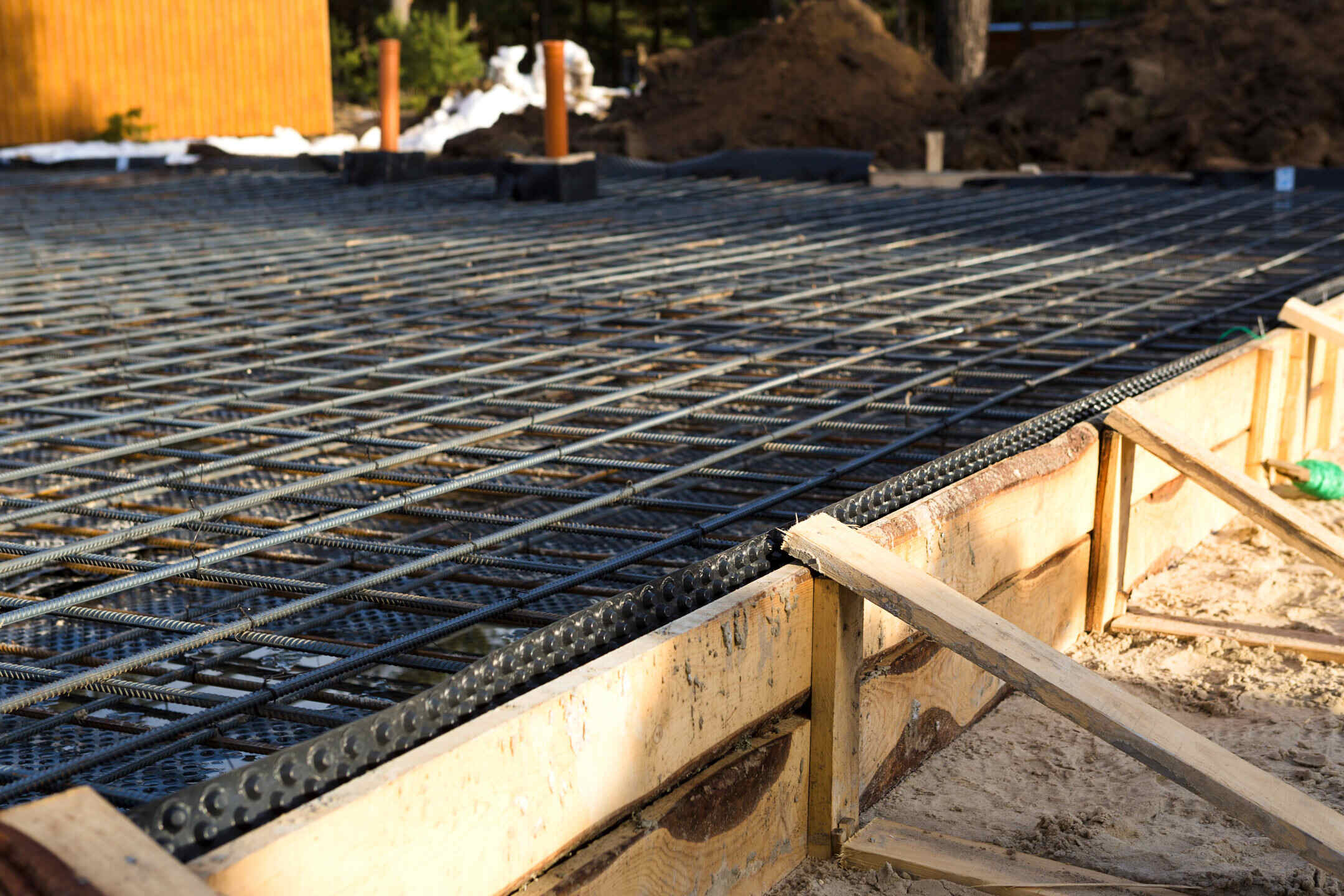
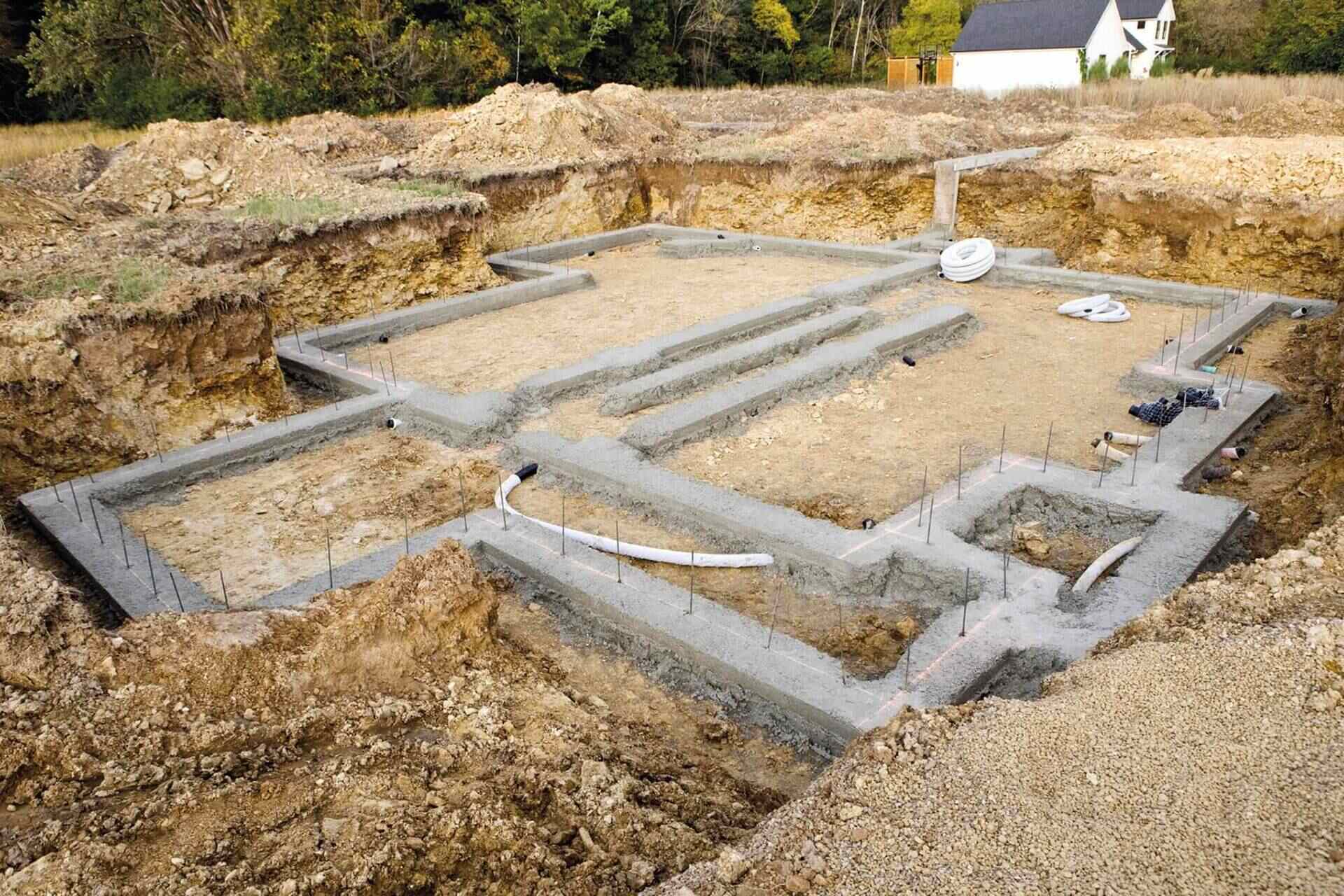
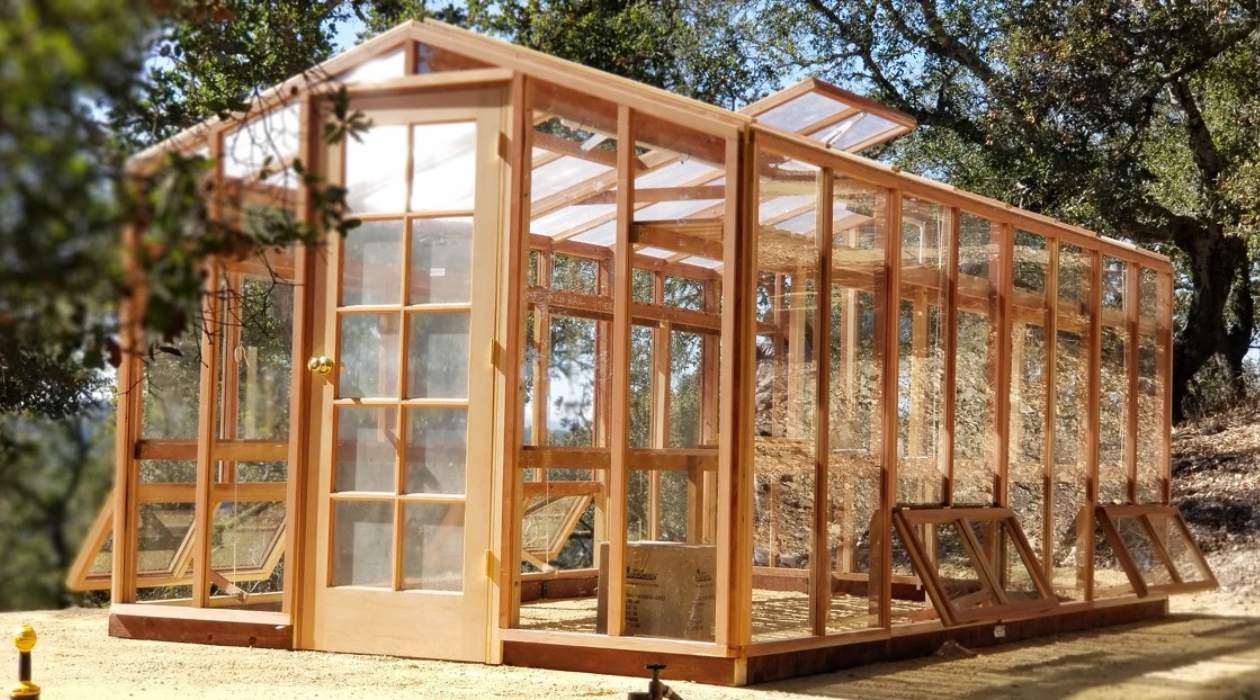
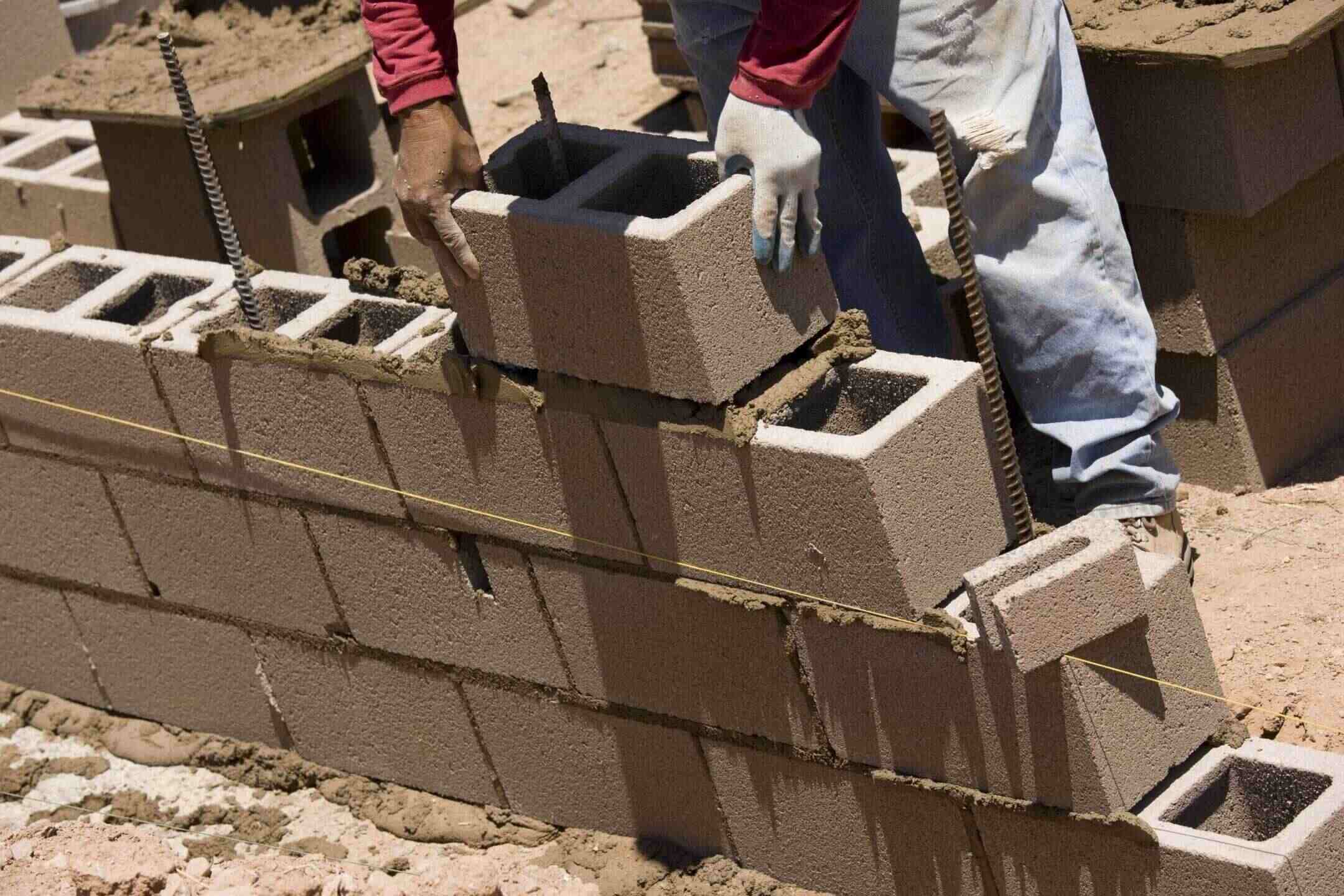
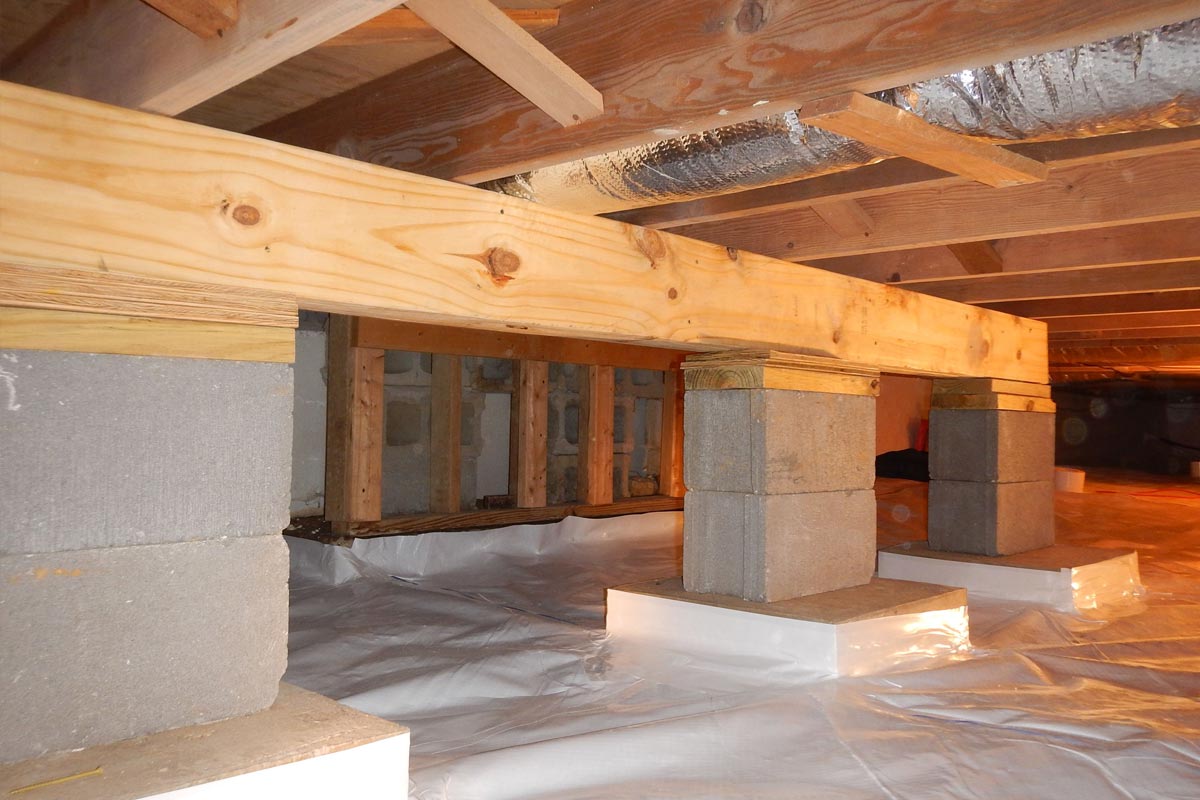
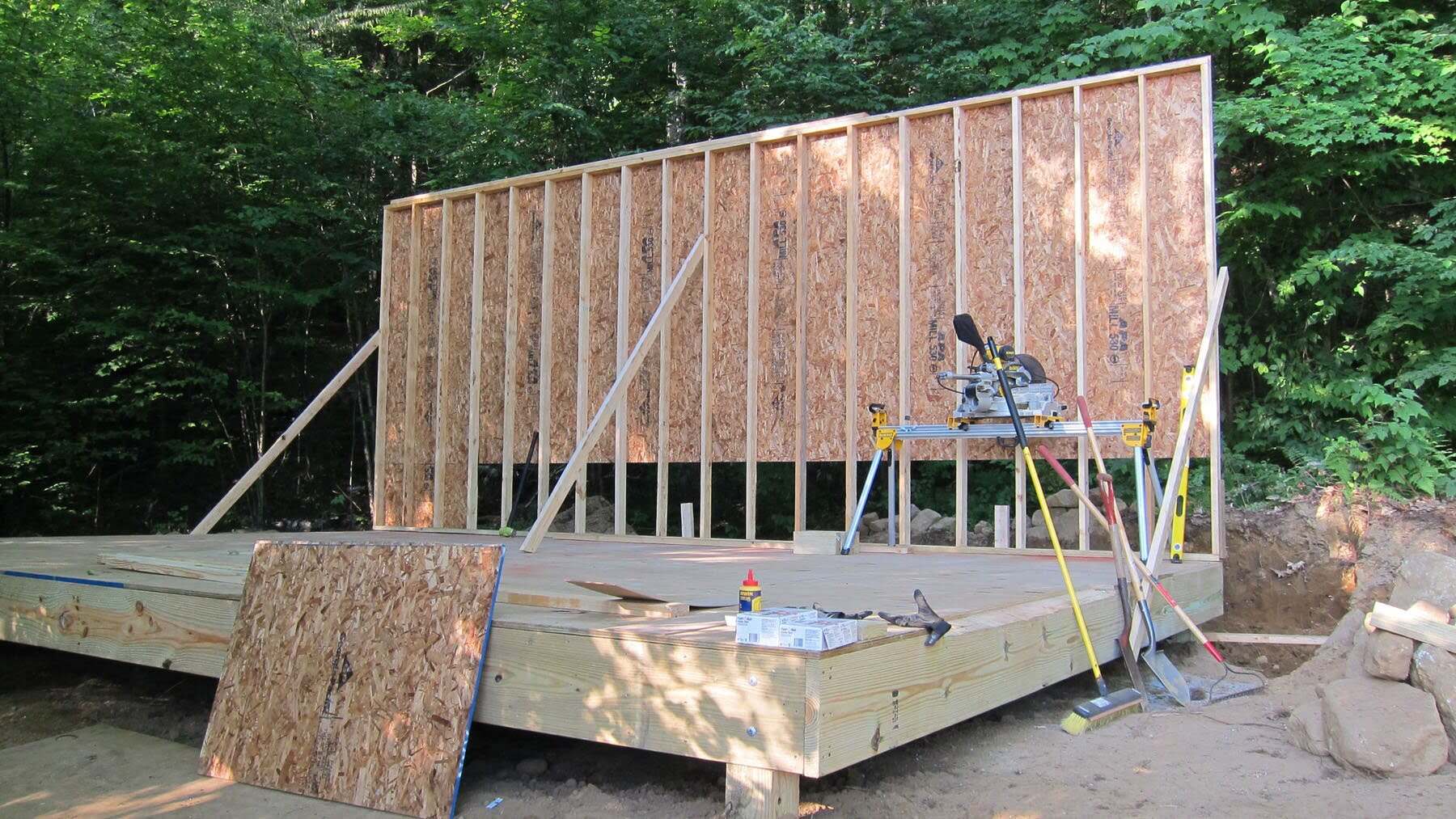
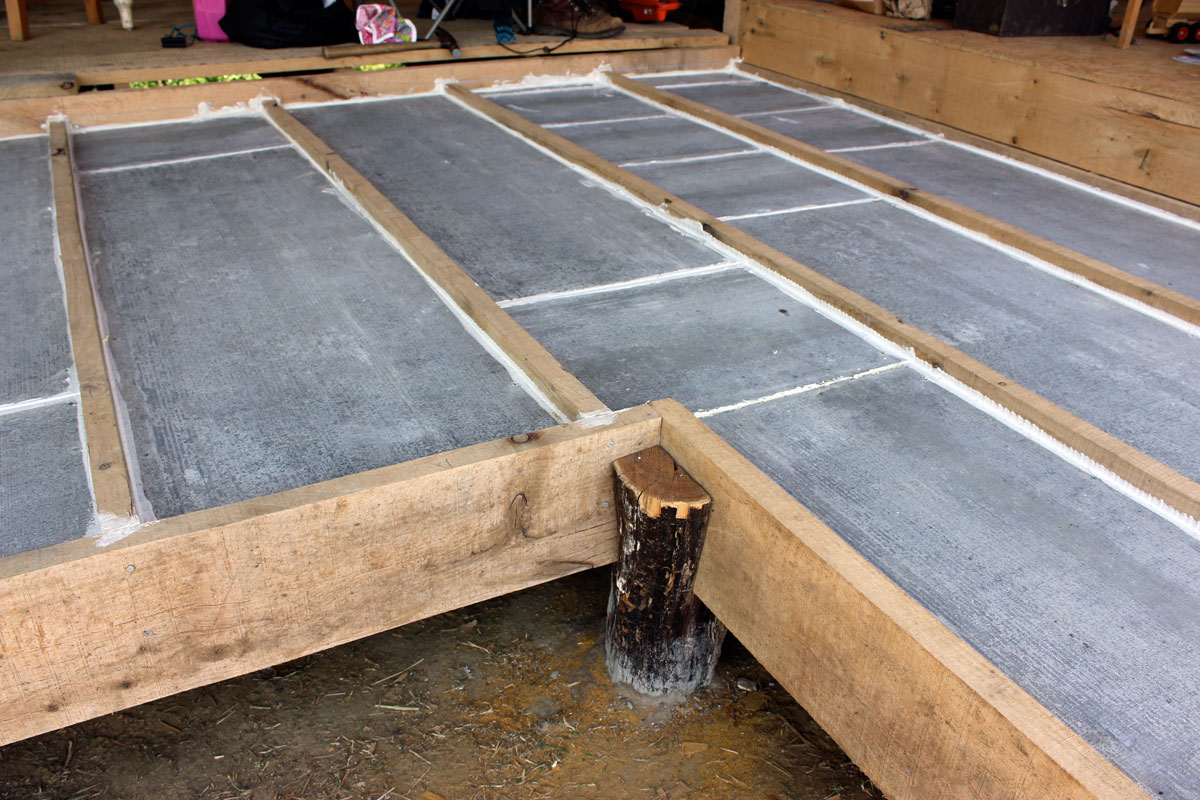
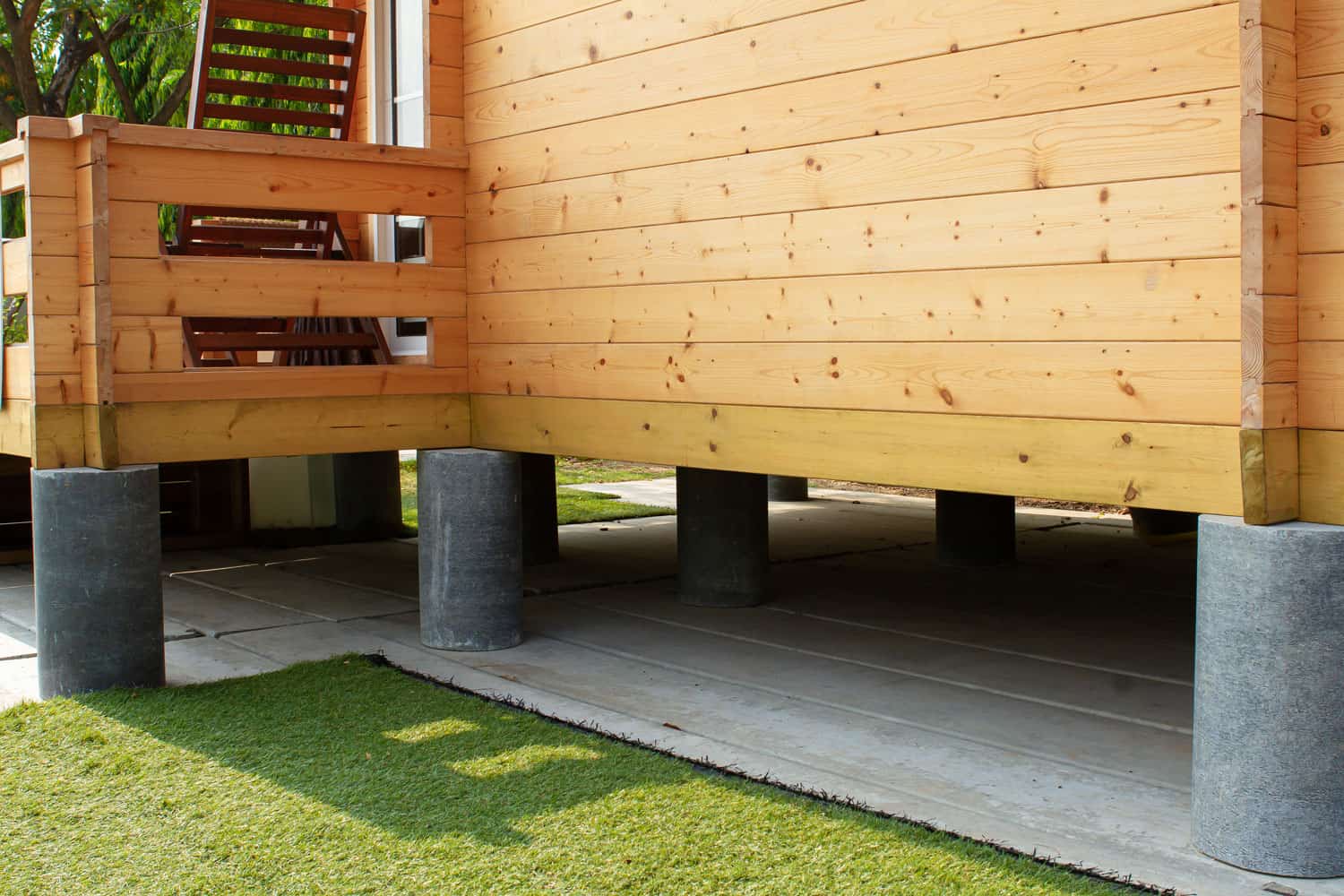
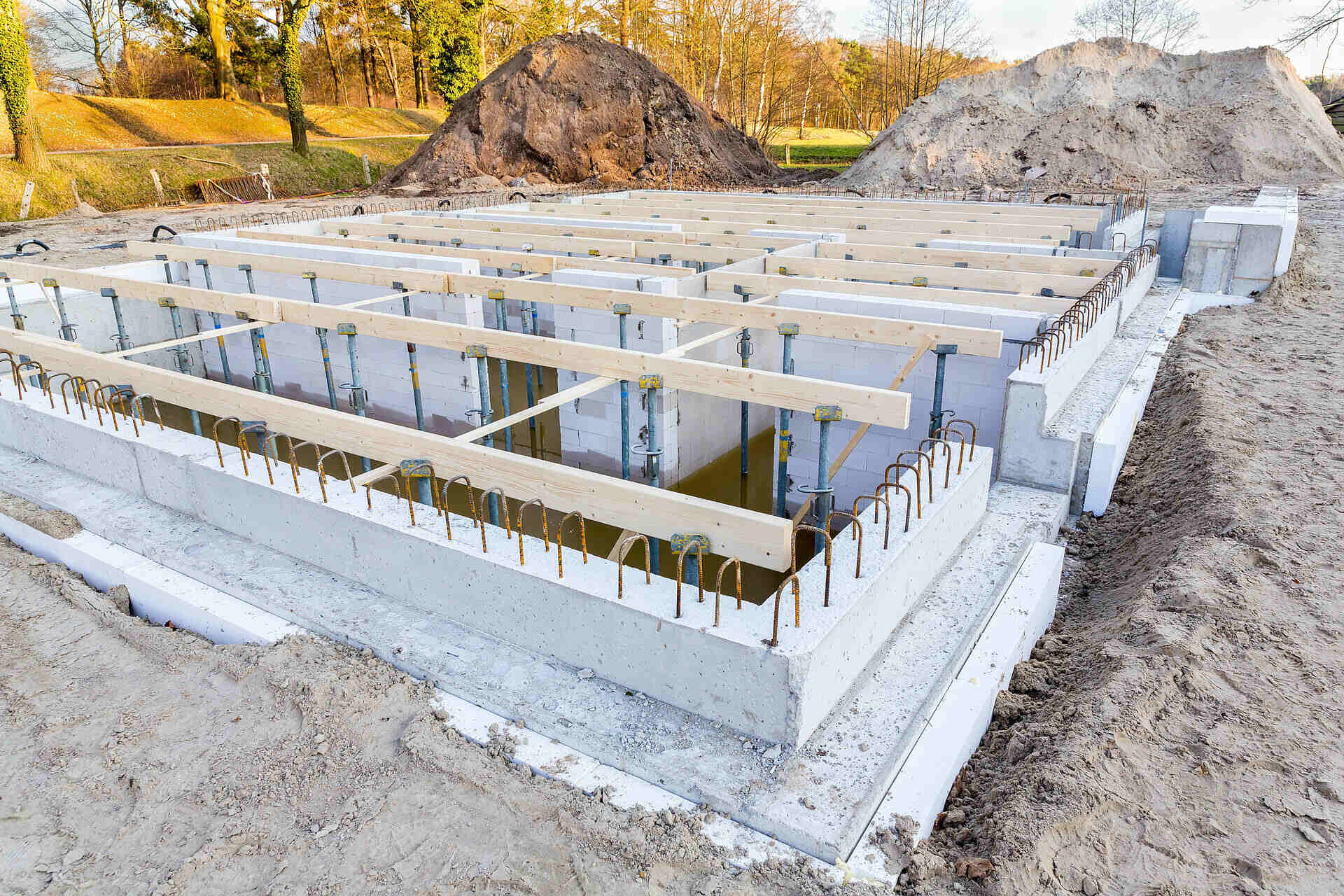

0 thoughts on “How To Build A Foundation For A Greenhouse”